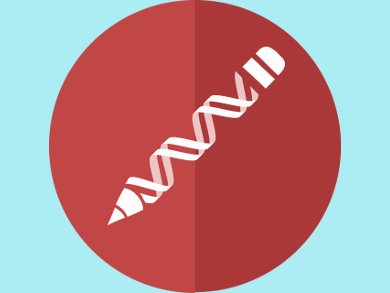CRISPR-Cas9 is used to cut DNA at a specific, targeted site. Most of the time, DNA repair after Cas9 cutting seemed to cause insertions and deletions of less than 20 bp (base pairs). This led to the conclusion CRISPR–Cas9 is specific enough for clinical applications. The first clinical trials using Cas9-edited cells are approved and underway.
Allan Bradley, Wellcome Sanger Institute, Hinxton, UK, and colleagues have found that these safety assessments may have overlooked a substantial proportion of genotypes generated by on-target Cas9 cutting and repair. The researchers have used long-read sequencing and long-range PCR genotyping to investigate DNA breaks introduced by single-guide RNA/Cas9 breaks.
In both mouse and human cells, the team has found significant on-target mutagenesis, such as large deletions and more complex genomic rearrangements at the targeted sites. Frequently the DNA breaks resolved into deletions extending over many kilobases. Also, lesions distal to the cut site as well as crossover events were observed.
The unwanted edits in mitotically active cells caused by CRISPR–Cas9 editing could cause diseases such as cancer. According to the researchers, great care should be taken when examining the genome after CRISPR-Cas9 editing. However, further assessments are needed to see if these effects also occur in other types of cells and when editing other genes than the ones tested in this study.
- Repair of double-strand breaks induced by CRISPR-Cas9 leads to large deletions and complex rearrangements,
Michael Kosicki, Kärt Tomberg, Allan Bradley,
Nat. Biotechnol. 2018.
https://doi.org/10.1038/nbt.4192




